This is the eleventh in an ongoing series illustrating the relationship of Drawdown strategies to landscape architecture. For context, read the initial post here.
The decisions about materials we use on projects have implications in a number of areas, including loss of biodiversity, the pollution produced during manufacturing, and the overall greenhouse gas emissions that are released when materials are installed. Drawdown provides a number of solutions that are directly relevant to landscape architecture. This is a much larger post that I’m able to address in too much detail, as the use, and our knowledge of impacts of materials, goes deep into our ability to mitigation climate change and is going to be the subject of future posts.
The main focus we can look to for reducing impact is concrete, and while the specific numbers different, the narrative is often something similar to this recent article from the World Economic Forum:
“…if the cement industry were a country, it would have the third-highest carbon emissions in the world, behind only China and the US.”
Obviously this is not coming all (or even a small fraction) from landscape architecture projects, it also is driven by development of massive infrastructure projects, such the Three Gorges Dam in China, and to a significant extent, through buildings, which use a lot of concrete for structure. The architecture and building industry has done quite a bit of work on this, both in terms of measuring impacts, for instance through Architecture 2030 goals, researching alternative additives to use in mixes to reduce embodied carbon, as well as looking to other options like wood frame construction and cross-laminated timber (CLT) to reduce concrete use, and thus reduce GHG impacts.
For landscape, this common material does require attention, and the global impacts do highlight the need to address our our disciplinary impacts. It makes sense for us to tap into the resources developed in other disciplines, and then adapt these to be able to measure our impacts. We do, as designers, use concrete for number of uses, including cast-in-place concrete in landscape architecture projects for paving, walls, planters. We also use pre-cast materials, which in our industry are pretty ubiquitous, including pavers, site furnishings, pipes, and various other site elements, so asking manufacturers to supply this data, and use alternative materials, is important steps as well.
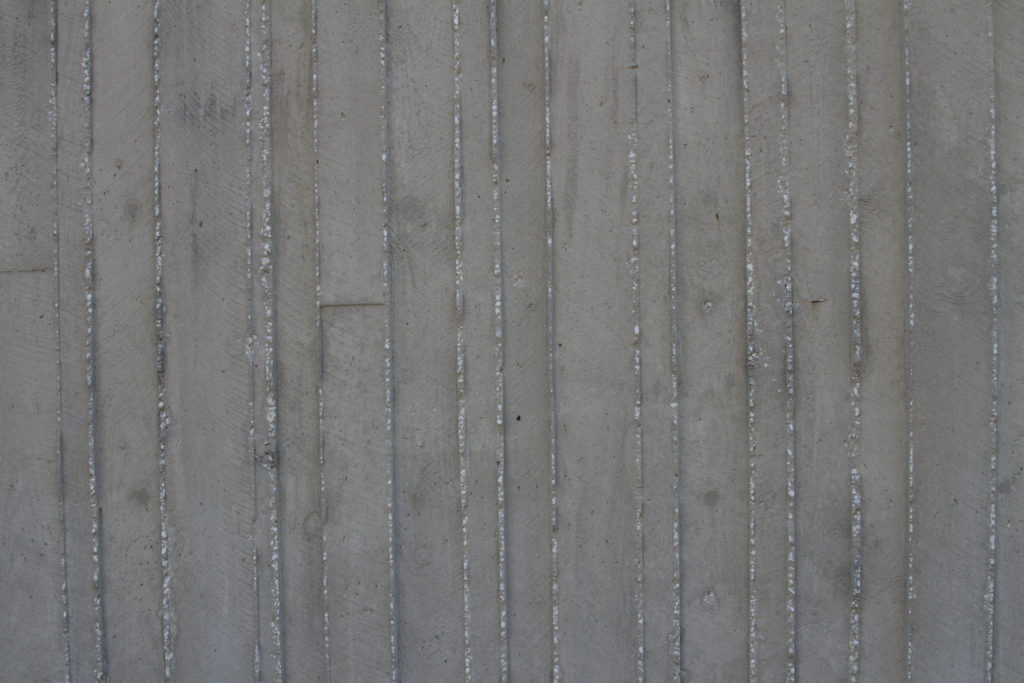
Per Drawdown, “…to produce Portland cement, the most common form, a mixture of crushed limestone and aluminosilicate clay is roasted in a kiln. At high heat, limestone’s calcium carbonate splits into calcium oxide (the desired lime content) and carbon dioxide (the waste). Decarbonizing limestone causes roughly 60 percent of cement’s emissions. The rest result from energy use. ” To think about alternatives, we need to go to the source, and to substitute materials into the composition that are less intensive, of which there are are many options, such as ash, ground bottle glass, iron slag, fly ash, and more. As the #36 ranked strategy, Alternative Cement outlines the potential for the use of these alternative components can result in 6.69 gigatons of reduced CO2 by 2050 (around 440 million tons per year).
Bamboo is another solution, ranked #35 with the potential reduce reduce 7.22 gigatons of CO2, as it “…rapidly sequesters carbon in biomass and soil, taking it out of the air faster than almost any other plant, and can thrive on inhospitable degraded lands.” It’s fast-growing and rapidly renewable, so, and can also be used a building materials, so has a lot of versatility, and while sometimes invasive and in need of containment, grows in a range of climates.

Another major material use is wood, and there are a few items that overlap here. First is Forest Protection, which globally is the #38 ranked solution, potentially reducing 6.2 gigatons of CO2, mostly through protection of existing forest ecosystems. The estimates of the global number of trees varies, by its in the trillions, so while 15 billion are cut down each year, the impacts accumulate. As mentioned on the website. “Since humans began farming, the number of trees on earth has fallen by 46 percent”. Land use impacts like these are significant contributors to GHG emissions, and the release of carbon from deforestation can be, according to the site, up to 15% of global totals.
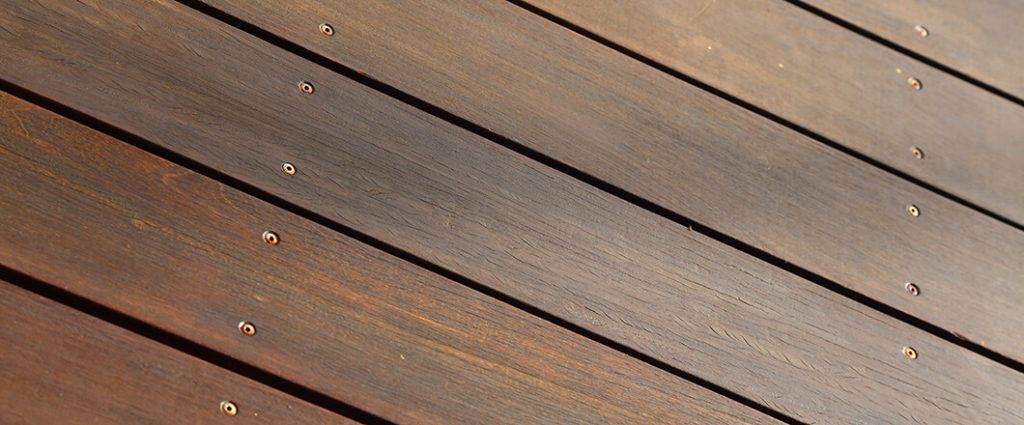
Tropical Forests is one of the top ten solutions, and the use of tropical hardwoods like Ipe is prevalent in landscape projects, due to it’s durability. The carbon sequestration of these forests is up to 61.23 gigatons of CO2 over the next 30 years, making it the #5 ranked solution. The growth of development, agriculture, are major factors, but the use of tropical hardwoods in To a lesser extent, Temperate Forests are significant (ranked #12 by Drawdown), threatened through development, logging, and agriculture, and according to the World Resources Institute:
“The world’s 1.9 billion acres of temperate forests are a net-carbon sink… more than 1.4 billion additional acres are candidates for restoration — either large-scale, closed forest or mixed mosaics of forests, more sparsely growing trees, and land use such as agriculture. With restoration comes additional carbon sequestration.”
There are a lot of concerns with certification when we discuss sustainable forests, and the idea of what is appropriate due-diligence is a topic beyond the scope of what I’m covering in this post, but directly relate to the above ideas and have impacts to biodiversity, local economies, and climate change. This should be a major conversation at every office and every conference, and requires multi-disciplinary approaches to understanding the implications and our approaches.
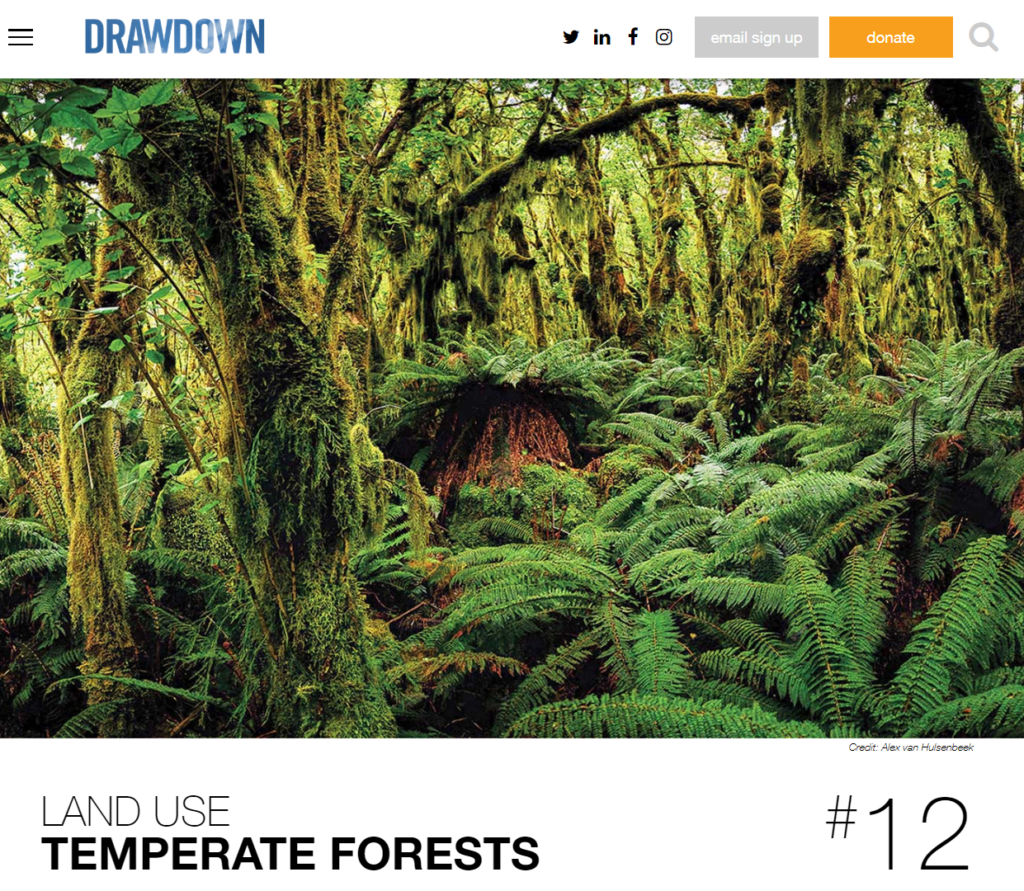
Other’s we’ve already discussed, with things like compost being woven into large discussions of food, and household and industrial Recycling. Similarly in the context of soils, a material can be an amendment, so reductions of the use of Peat will reduce impacts to these valuable CO2 sequestering ecosystems, and there are probably many other soil amendments that have significant impacts either in creation (like for instance, expanded shale, which is fired in a kiln requiring energy). Energy use and production can also be woven into discussions about lighting, and while not directly related to climate change, issues of toxicity and pollution related to items like PVC should always be a consideration in making decisions. The use of plastics is something we should also be very aware of in material specifications, as the overall Anthropogenic transformation of this material into soils and oceans, and the species that inhabit these areas.
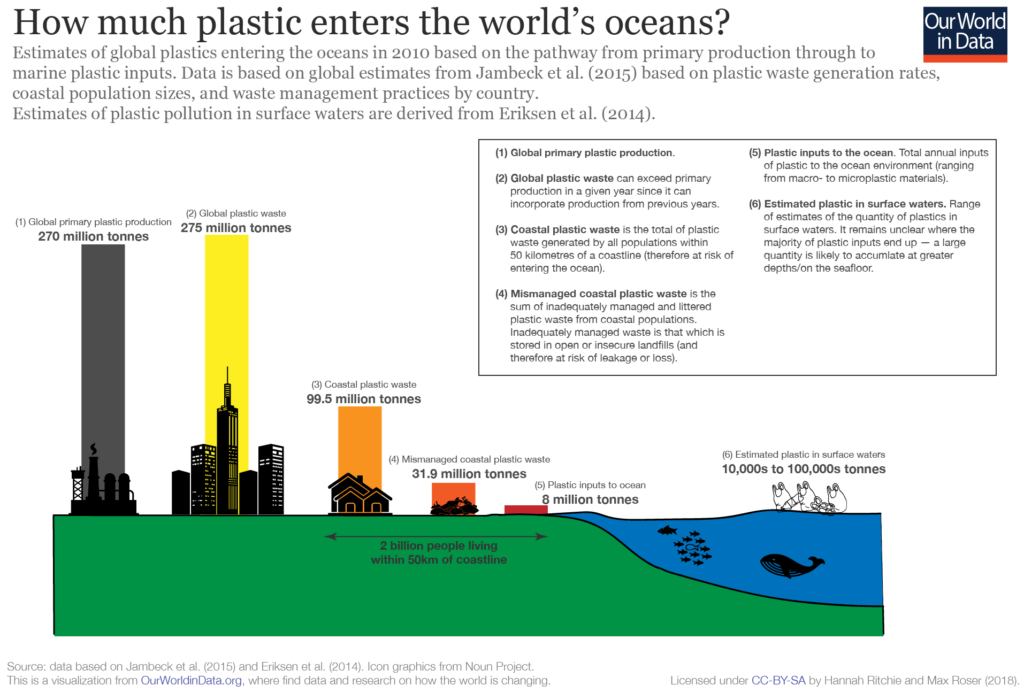
There’s always a tension regarding durability versus impact, so the initial impact of a certain material is not the only factor. For instance, if you use a sustainably harvested tropical hardwood (keeping in mind some of the challenges of how to ensure that certification as outlined above) it may have 3-4 times the lifespan what a sustainably harvested local wood source would have, and require less maintenance and treatment during that lifespan. The same case may be made for concrete, which is a very durable material, and if the CO2 impacts can be mitigated somewhat by a life-cycle cost analysis that shows not just return on investment financially, but return on investment in net positive benefits for climate and reduce GHG emissions.
The answers, alas, are never easy, but awareness of the decisions we make as designers can change material flows. We are a relatively small profession compared to similar endeavors in buildings and infrastructure, but our voices can be loud in part of evoking that change, making the business and environmental case for these changes, and educating ourselves, our clients, collaborators and contractors on the specifics.
HEADER: View of Brazilian Rain Forest after selective logging – via Nova
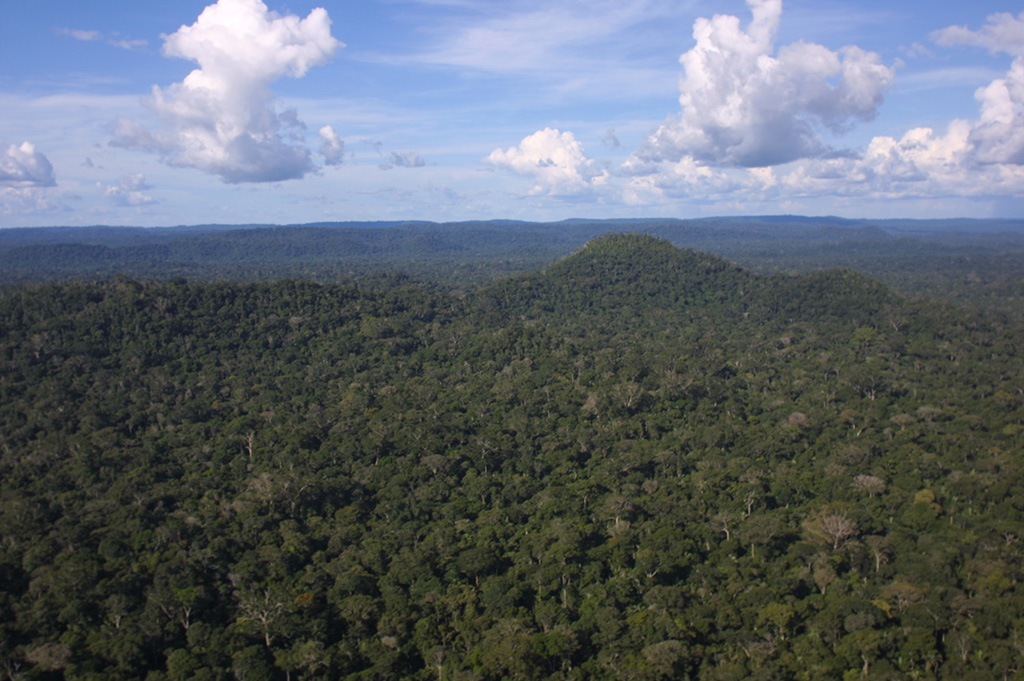
The conversation ranged from how designers can implement solutions from Project Drawdown to how we can collaborate with City agencies to make policy adjustments towards a lower carbon urban environment – but unanimously across the panel and around the room, the message was clear – we all need and want to take action.